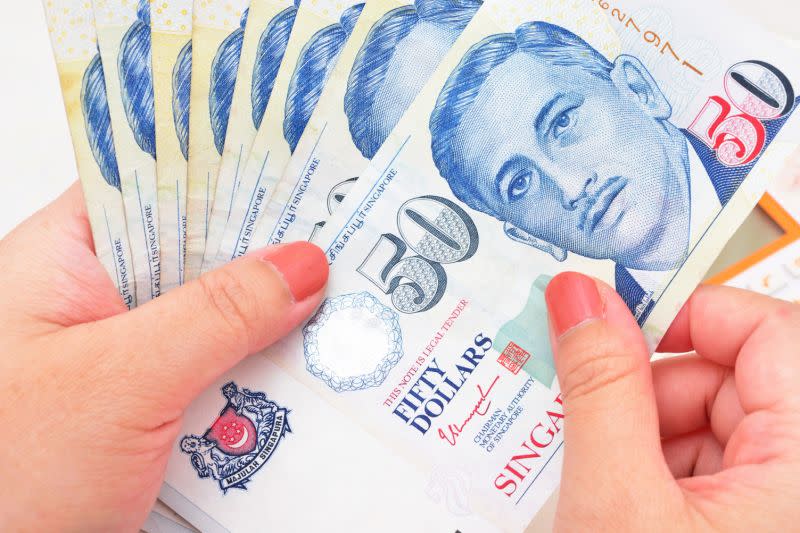High Court awards Indonesian couple $1.6 m in AIA insurance fraud case

An Indonesian couple that was cheated of almost $8 million by an American International Assurance Company (AIA) insurance agent has been awarded nearly $1.6 million, after Singapore’s High Court found that AIA and AIA Singapore were vicariously liable for the scheme.
Ong Han Lin and his wife Enny Ariandini Pramana sued the insurance company for the fraud perpetrated by one of its former insurance agents, Sally Low, who pleaded guilty in 2016 to perpetrating the scam from 2002 to 2008.
The couple were awarded $1,597,250.69 with interest by Justice Belinda Ang Saw Ean in a judgement issued on Friday (29 December). Justice Ang ruled that the defendants were vicariously liable to the plaintiffs, as there was a close connection between Low’s fraud and her relationship with AIA.
She also dismissed AIA’s counterclaim against the Indonesian couple, which alleged that they had conspired with Low to defraud the insurance company.
Background to the case
In 2002, Low, who was one of AIA’s top agents, promoted a fictitious “AIA Thank You Policy” to the Ongs, using forged documents that led the couple to believe the policy was real. They therefore remitted US$5,060,9000 (S$6,762,374) to AIA in November 2002 to purchase the policy.
Unknown to the Ongs, Low then used the money to buy six genuine AIA policies in their respective names, and handed to AIA policy applications with some containing the couple’s forged signatures.
When the couple found out about the policies, Low claimed that the policies were mistakenly listed under the couple’s name due to computer glitches at AIA, assuring them that the “AIA Thank You Policy” was still in place.
She also convinced them to surrender three of the other AIA polices and return most of the surrender proceeds to AIA through her personally, amounting to more than US$7 million. Even though Low made it seem that she would return the proceeds to AIA, she misappropriated the money to purchase stocks and properties in her name.
The Ongs only discovered the fraud in January 2008. Low was terminated by AIA in December 2009.
The couple managed to recover some of the money from Low but later commenced proceedings against AIA for the remainder. They argued that the insurance company should be held to the terms of the bogus policy, or alternatively that it could be held to be vicariously responsible for the consequences of Low’s fraud or was negligent in failing to handle the Ongs’ money.
In turn, AIA Singapore asserted that Ong Han Lin was the mastermind of a conspiracy to defraud AIA with Low as the duo was aware of the hoax policy. AIA further alleged that the couple helped to forge documents for Low.
Reasons for the judgement
During the trial for AIA’s counterclaim, the company called on Low as a key witness. However Justice Ang found Low’s testimony during the trial “internally inconsistent and illogical”.
“(AIA’s) case on conspiracy hinges on the veracity of Sally’s evidence, which I find to be muddled, wanting in logic and credibility, with little support in the objective evidence,” she said.
In the 141-page judgement, Justice Ang accepted that AIA Singapore had received applications for the unauthorised policies and processed them while unaware that they were forged. As Low was well-versed in the processes and applications related to the policies, AIA accepted, without verification, Low’s instructions, said the judge.
“(Low) was able to continue her fraud by representing one thing to the (couple) and another to AIA, purportedly always on behalf of the other party, thus inducing both sides to handle the money in the manners she intended,” said Justice Ang.
AIA’s reliance on Low and the close relationship between Low and the couple enabled the fraud, which involved a “multitude of lies”, to go on for a long period of time, noted the judge.
The judge held that AIA was partially liable for Low’s fraud as Low was trained, supervised and disciplined by the company.
She noted that life insurance companies carry out their business almost entirely through agents, who are the company’s “lifeblood”, and that Low performed a wide range of functions under AIA, including promoting AIA policies and handling AIA’s relationship with a policyholder.
Said the Judge, “Sally was placed in proximity with policyholders such as the (couple) to advance the business of AIA and when coupled with AIA’s practice of accepting policyholders’ instructions from Sally without verification, the ensuing environment created risks of Sally’s’ fraud.”
Justice Ang therefore concluded that AIA had breached its duty of care to the Ongs by “failing to adduce evidence of safeguards to ensure that their prospective policyholders’ monies to purchaser insurance were applied according to their instructions”.
The High Court also dismissed the plantiffs’ claim against a third defendant, Motion Insurance Agency, which was Low’s agency manager. It held that there was no special relationship between Motion and Low that was capable of giving rise to vicarious liability.



